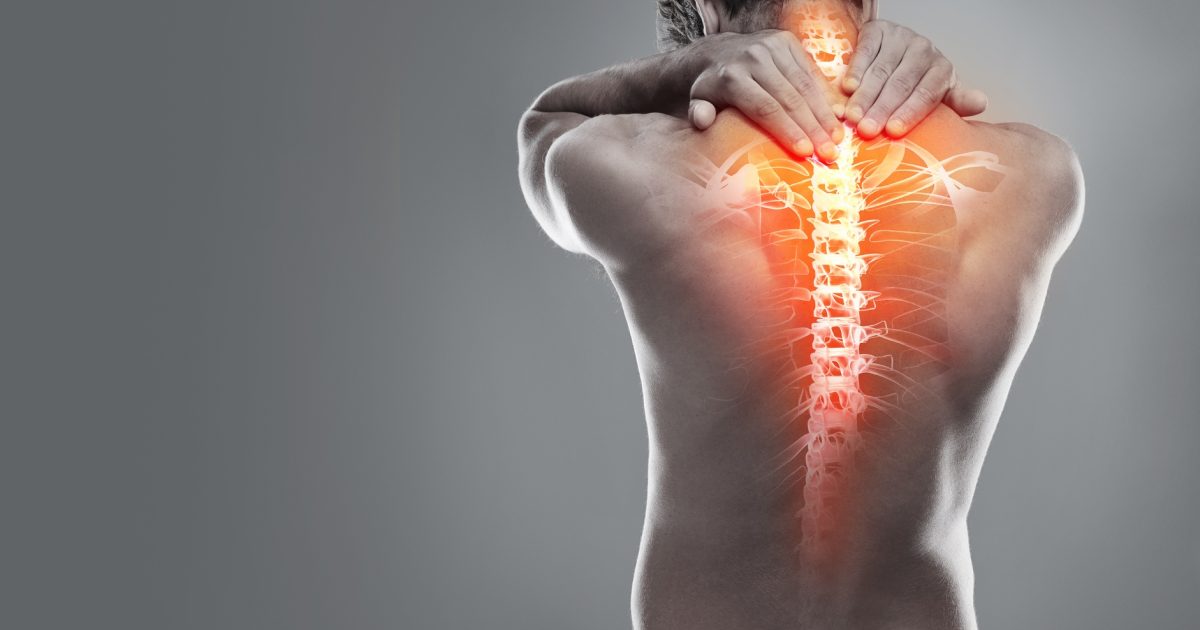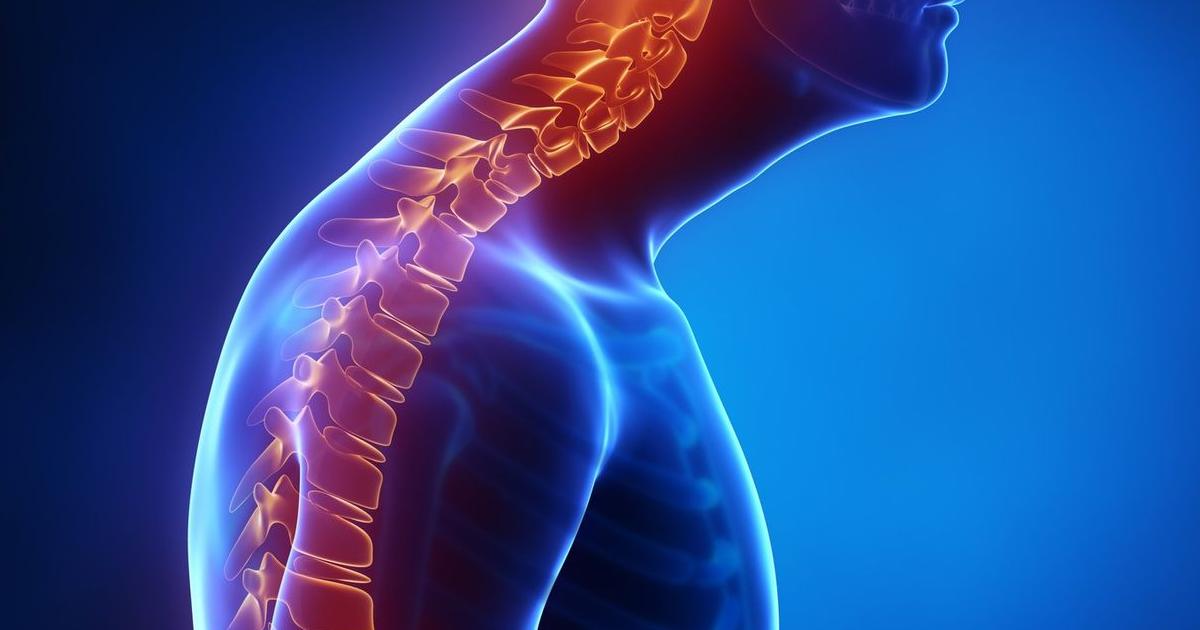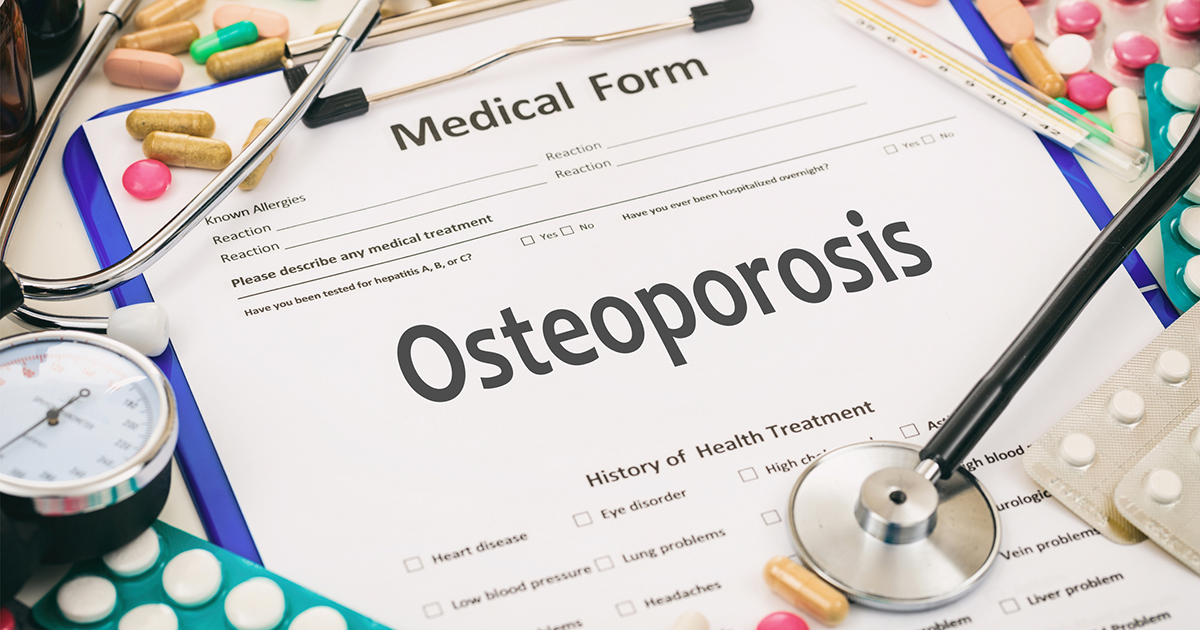Common Causes And Complications Of Kyphosis
Kyphosis is a common condition characterized by irregular rounding that occurs in the upper spine. While a small upper spine curve is normal, kyphosis is an excessive curve in the back that can result in various long-term issues throughout the body. This curve is not the same side to side curve seen in scoliosis patients. Instead, it is a curve that moves from back to front. Many individuals with kyphosis do not experience any symptoms. Others may experience tight hamstrings, upper back stiffness, and a rounded back.
In particularly severe cases of kyphosis, a patient may experience numbness or weakness in the legs and the arms, difficulty breathing, loss of bladder control, and persistent severe back pain. The treatment for kyphosis focuses on the prevention of curve progression and restoration of normal posture through physical therapy and or surgery. Several factors can cause an individual to develop kyphosis.
Disk Degeneration

Disk degeneration occurs when changes take place in the spinal disks due to wear and tear. The spinal disks are comparable to shock absorbers that sit between the spinal bones. These disks cushion and protect the vertebrae from scraping and rubbing against each other. These spinal disks also allow the back to be flexible so an individual can bend and twist their body normally and comfortably. However, as some individuals age, these disks start to break down and do not function the way they should. Numerous factors can cause the disks in the spine to shrink such as drying out or cracking of the discs.
This breakdown or shrinkage results in the vertebrae or bones in the spine rubbing directly against one another. The friction and lack of cushioning between the bones can allow them to begin to thin out easily. When the vertebrae thin out, they tend to start tipping forward. At first, this wear and tipping of the spinal vertebrae may result in the spine becoming unstable. However, as this condition progressively worsens, it causes more of the disks to thin out and tip forward in a gradual chain reaction. When many disks become tipped forward, an abnormal curvature of the spine or kyphosis develops.
Scheuermann's Disease

Scheuermann's disease is a childhood skeletal disorder in which the vertebrae or bones of the spine develop unevenly. This disorder is a developmental form of kyphosis, meaning it happens during an individual's growth. The unevenness that occurs in Scheuermann's disease is characterized by vertebral growth that exhibits a posterior angle greater than its anterior angle. This uneven development results in the vertebrae becoming shaped like a wedge. The compounding structure of several wedge-shaped vertebrae is what triggers kyphosis. Kyphosis caused by this disease is referred to as Scheuermann's kyphosis.
The cause of Scheuermann's disease is related to mutations of specific genes. Scheuermann's kyphosis usually results in a considerably worse deformity than those that occur in kyphosis cases caused by other factors. This type of kyphosis is best treated when a child is young enough to where the use of a back brace and physical therapy can stop or reverse the condition before it becomes progressively severe. In other cases, this disease cannot be successfully treated with the use of physical therapy and back braces, so surgical procedures to stabilize the spine may be necessary.
Osteoporosis

Osteoporosis is characterized by the reduced density and quality of an individual's bones. This disease causes the bones to become weak and fracture or break easily. Often, patients do not know they have this disease until the first bone breaks. The body of a younger individual breaks down old bone and fills the space with new healthy bone tissue. When an individual reaches thirty years old or so, their overall bone mass will stop growing. By the time an individual reaches forty or fifty years old, their body is breaking down more bone than it is replacing.
Osteoporosis has an adverse effect on the spinal bones or the vertebrae. The vertebral bones become weak and more susceptible to breaks and fractures. The most common type of vertebral fracture that occurs in osteoporosis patients is a wedge-shaped break. This type of break happens when the front of the vertebrae collapses while the back of the bone maintains its height. This height difference results in that part of the spine tipping forward, causing a kyphotic curve. Usually, a repair of the fracture and treatment for the thinning bones will prevent this type of kyphosis from reoccurring.
Problems With Breathing

Severe kyphosis can cause an individual to experience problems with breathing. These problems occur as a result of many changes kyphosis causes in the body. The amount of space in the chest becomes smaller in volume because of the excessive curvature of the spine. The curvature also causes the spine to become unstable, which reduces the range of general mobility and regular movement of the rib cage. The abnormal spinal curve causes the body to use some muscles in the trunk of the body excessively while leaving other muscles to weaken from infrequent use. Several of the muscles that become weakened in individuals with severe kyphosis are critical for adequate pulmonary function.
The weakness of such muscles makes it difficult for the individual to breathe. As a result of breathing problems, the lungs will have problems providing enough oxygen to meet the needs of the blood flowing through them. This inadequacy can prompt the lungs to breathe at a faster rate in order to compensate. In addition, the reduced volume of the thoracic cavity will inhibit the full expansion of the lungs when an individual inhales air. When the lungs do not expand fully with each breath, the patient may experience lightheadedness, coughing, and shortness of breath.
Difficulty Swallowing

Dysphagia or difficulty swallowing is a rare complication that can occur in kyphosis patients. Two mechanisms in kyphosis can cause dysphagia. When an individual consumes their food, it moves through the throat and into the muscular tube that food uses to travel from the throat to the stomach called the esophagus. In healthy individuals, the esophagus is flexible enough to allow for a slight curve without compromising its function. However, the entire digestive tract can become compressed in individuals with severe kyphosis. The esophagus in these patients exhibits a considerable bend that compromises its function.
Dysphagia occurs because the bend makes the esophagus too narrow for food to pass through it normally. The other mechanism responsible for dysphagia in kyphosis patients is related to the muscles used when food is swallowed. Muscle weakness around the thoracic cavity occurs in kyphosis patients because the spinal curve alters the way the musculoskeletal system functions. Weakness in the muscles the esophagus depends on to move food from the throat to the stomach will result in difficulty swallowing.
